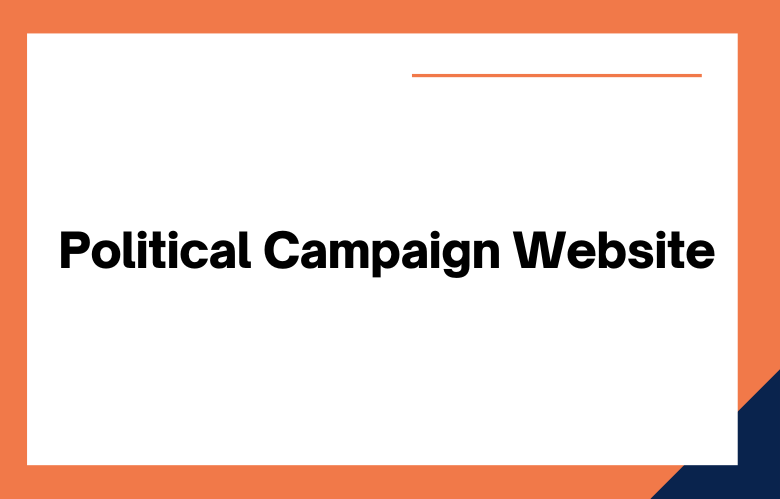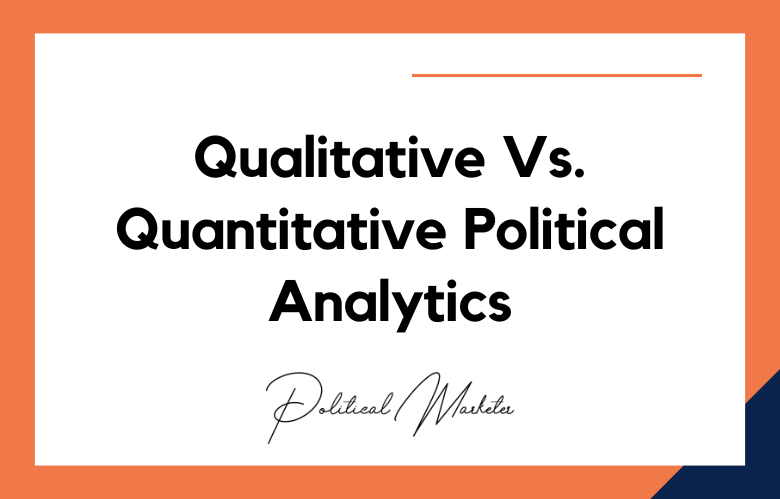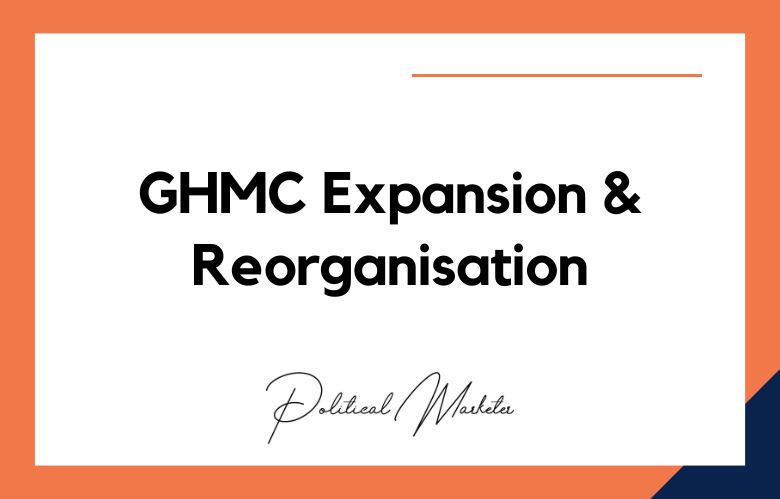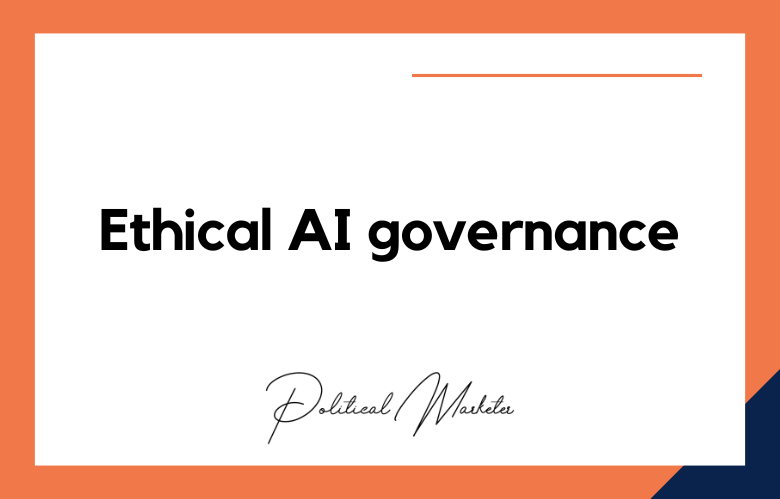In the digital age, a campaign website is essential to reach voters and promote your candidacy. A well-designed site can help you connect with potential supporters, raise money, and get out the vote on Election Day.
But with so many moving parts, building a campaign website can seem daunting. Here’s a step-by-step guide to get started.
A political campaign website should be designed with the following goals in mind:
- To communicate the candidate’s message clearly and effectively
- To persuade voters to support the candidate
- To raise money for the campaign
- To get volunteers involved in the campaign
- To win!
How to Build a Political Campaign Website
- Keep the design simple and focused on the candidate.
- Use strong visuals that support the candidate’s message.
- Make sure the site is easy to navigate and mobile-friendly.
- Include a prominently placed donate button.
- Use persuasive language throughout the site.
- Make it easy for visitors to take action, such as signing up for emails or volunteering for the campaign.
- Include an “About” page that tells voters who the candidate is and what they stand for.
- Use testimonials from prominent supporters to add credibility to the candidate’s message.
- Make sure all of the content on the site is accurate and up-to-date.
- Test, test, test! Try different versions of pages and see what works best with voters before making anything permanent.
Choose your platform
The first step in building your campaign website is choosing the platform you will use. Several options are available, each with its features and benefits.
Do some research and decide which platform is right for you. Some popular choices include WordPress, Wix, and Squarespace.
Choose your domain name.
Your domain name is your website’s address on the Internet. Ideally, it should be short, easy to remember, and relevant to your campaign.
Once you’ve settled on a domain name, register it with a hosting web service like GoDaddy or Bluehost.
Design your website
Now it’s time to start putting together your website! Use photos, videos, and content that align with your campaign’s messaging and values.
If you’re unsure where to start, plenty of templates are available online that you can customize to fit your needs.
Include essential pages like an “About” page, a “Donate” page, and a “Get Involved” page.
Remember to include information about upcoming events and how people can contact you if they have questions or want to volunteer for your campaign.
Also, add share buttons to your pages so people can easily share your content with their friends and followers on social media.
Promote your website!
Your website is up and running; it’s time to promote it! Add the URL to your printed materials like yard signs, flyers, and bumper stickers.
Be sure to monitor social media. When someone mentions your campaign online, send them a link to your site so they can learn more about what you’re fighting for!
Keep it Simple
Your website can be straightforward. Simplicity is vital to building a successful political campaign website. Why?
Because you want people to be able to find what they’re looking for quickly and easily.
When it comes to design and navigation, less is more.
Make it mobile-friendly
More people than ever are using their phones and tablets to go online.
That means it’s essential that your political campaign website is mobile-friendly.
If not, you risk losing potential voters, who will move on to another candidate’s site, which is easier to navigate on their smaller screens.
Use high-quality content and images.
Your website’s content will persuade potential voters to support your campaign.
So, it’s essential to ensure the copy is well-written and error-free and that the images are high-quality and relevant to your message.
Remember, first impressions matter—especially regarding your political campaign website.
Utilize social media platforms.
Social media platforms like Facebook, Twitter, and Instagram are powerful tools that help you reach a wider audience with your message.
You should use these platforms by promoting your website on your social media accounts and including social media sharing buttons so visitors can easily share your content with their followers.
By following these simple steps, you’ll be well on your way to building a successful campaign website to help you engage with voters and promote your candidacy in the digital age!
Design matters
The first thing you should do when designing your campaign website is to think about your target.
Who are you trying to reach with your website? What kind of information do they want to see?
Once you understand your target audience, you can start designing your website with them in mind.
Use colors and images to resonate with your target audience, and ensure your site’s overall design is clean and professional. You want people to take you seriously as a candidate, so avoid using gimmicky or unprofessional-looking methods.
Ensure your website is responsive and looks good on desktop and mobile devices.
Many people use their smartphones to browse the internet, so you want to ensure everyone can easily access your site.
Content is key
Once you have your website’s design sorted out, it’s time to start thinking about the content you will put on it.
In addition to the basics, like your biography and contact information, you’ll also want to include policy positions, statements from endorsements, news articles about your campaign, and more.
The goal is to give visitors to your site as much information as possible about who you are and what you stand for.
When writing the content for your site, always keep your target audience in mind.
Please write in a way that appeals to them and addresses the issues that matter most.
If you can show voters that you understand their concerns and have sensible solutions to their problems, they’re much more likely to support your candidacy.
Be sure to update your website regularly with new content, particularly as the election progresses.
You want more people to visit your site to see that you’re an active candidate who is constantly working hard on behalf of the voters.
Make it easy to donate.
A donation page is the most important thing you must include on your campaign website.
This is where potential donors can go to contribute money to your campaign.
Ensure this page is prominently featured on your site and easy for people to find; otherwise, they might not bother donating.
When designing your donation page, make sure it’s clear how much money you’re asking for and what method people can use to donate (e.g., credit card or PayPal).
You should also include information about how their donation will be used (e.g., TV ads, volunteers, yard signs) so potential donors know exactly where their money is going.
Top Features Every Modern Political Campaign Website Needs in 2024
In 2024, political campaign websites must be more than just digital brochures. They should be dynamic, engaging platforms facilitating interaction, education, and mobilization. Here are the top features that every modern political campaign website should incorporate:
- Mobile Optimization: With the majority of internet traffic coming from mobile devices, campaign websites must be fully optimized for mobile. This includes fast loading times, responsive design, and mobile-friendly navigation.
- Accessibility Features: Ensuring that your website is accessible to all voters, including those with disabilities, is a legal necessity and a moral obligation. Features like screen reader compatibility, keyboard navigation, and options to change text size and contrast can make your site more accessible.
- Real-Time Updates: A section for real-time updates allows the campaign to keep supporters informed about recent news, upcoming events, and other developments. Integrating live feeds from social media can also help keep the content fresh and engaging.
- Personalized Content Delivery: Using cookies and AI to understand visitor preferences and behaviors can help deliver customized content. This might include targeted messages, recommended reading, or specific calls to action based on the user’s past interactions with the website.
- Interactive Elements: Features like interactive maps to track campaign progress, polls, and quizzes can increase user engagement. These tools provide value to visitors and encourage them to spend more time on the site.
- Volunteer Management Portal: An integrated system where volunteers can sign up, receive assignments, and manage their schedules can greatly enhance campaign efficiency. This portal can also provide materials and information for canvassing and other activities.
- Fundraising Functionality: Seamless integration of donation tools is critical. The website should offer an easy, secure, and transparent way to contribute financially, with options for one-time donations, recurring contributions, and visibility into how funds are used.
- Multilingual Support: Multilingual support is essential to reach a broader audience, including non-English speakers. Providing content in multiple languages can help engage a more diverse voters.
- Video and Multimedia Content: High-quality videos and multimedia presentations can be more effective in communicating campaign messages and personal stories than text alone. These should be prominently featured and easily accessible on the site.
- Enhanced Security Measures: Political campaign websites are high-profile targets for cyber attacks. Robust security measures, including HTTPS, data encryption, and regular security audits, are necessary to protect the site and user data.
- Advanced Analytics and SEO: Implementing advanced analytics helps understand visitor behavior and campaign performance. Additionally, SEO (Search Engine Optimization) ensures the website is easily discoverable and ranks well on search engines.
- Event Calendar: A comprehensive calendar of events allows supporters to find and participate in campaign events. Integration with tools like Google Calendar or Outlook can enable users to save events directly from the website.
SEO Strategies for Political Campaign Websites: Boost Your Online Visibility
Conclusion
A campaign website is an essential tool for reaching voters and promoting your candidacy in the digital age.
By following these simple steps, you’ll be well on your way to building successful campaign websites that engage with voters and promote digital campaigns!
A website is vital for any political campaign seeking election or re-election.
It’s a way to reach potential voters and convey your message clearly and concisely.
If you don’t know where to start when building your campaign website, don’t worry—we can help.
Our team of experts is crafting effective websites for all campaigns, big and small. Contact us for more information on our political campaign website consulting services.
Call: +91 9848321284
Email: [email protected]
How to Build a Political Campaign Website: FAQs
What Is The Purpose Of A Political Campaign Website?
It serves as a central hub for communicating your message, showcasing your values and policies, and providing ways to donate, volunteer, and connect.
Why Is A Campaign Website Important For Political Candidates?
It builds credibility, consolidates messaging, and offers controlled outreach to constituents, media, and donors.
What Pages Should Every Campaign Website Include?
Essentials: Homepage, About/Bio, Issues/Agenda, Donate, Volunteer, Events, Blog/News, Endorsements, and Contact.
How Should The Homepage Be Designed?
Include a clear candidate name and title, engaging headline, professional photos, and prominent CTAs like “Donate” or “Volunteer.”
How Important Is Mobile Optimization?
Critical as many voters access via smartphones, websites must be responsive, fast-loading, and user-friendly on mobile devices.
Should Campaign Websites Include Biographies?
Yes, sharing a story, background, and qualifications builds connection and trust with voters.
How Can A Website Drive Fundraising?
Integrate secure payment platforms and design intuitive donation flows to encourage contributions.
Why Include Volunteer Sign-Up Forms?
To build grassroots support, these forms help recruit and organize committed campaign volunteers efficiently.
What Visual Elements Are Most Effective?
Use high-quality images, videos, event photos, and branded infographics reflecting campaign personality.
How Can SEO Improve Your Campaign Website?
Keyword-rich titles, descriptions, and relevant content increase visibility and ensure voters can find your website.
Why Should Testimonials Or Endorsements Be Featured?
Social proof from trusted figures or groups strengthens credibility and voter confidence.
How Often Should You Update Website Content?
Post news, blogs, event updates, and press releases regularly to keep supporters engaged.
How Does Email Integration Enhance Engagement?
Collect emails via sign-ups to send newsletters, updates, and calls to action directly to supporters.
What Security Measures Are Essential?
Implement SSL, secure payment gateways, data protection policies, and regular backups.
Why Use No-Code Tools For Websites?
They enable rapid, cost-effective creation of donation pages, landing pages, and voter outreach tools without developer skills.
What Makes An Effective Landing Page?
Focused design, clear action prompts, and persuasive copy tailored to one specific goal.
How Should The Political Agenda Be Presented?
Organize issue positions into clearly labeled categories with concise, impactful descriptions.
How Can A Blog Or News Feature Be Used?
To provide campaign updates, amplify thought leadership, and publish SEO-friendly content.
Why Integrate Social Media Icons And Sharing?
It enables supporters to connect with and share your campaign across platforms like Facebook, Twitter, and Instagram.
What Are Web Design Best Practices?
Adopt clean, intuitive navigation, consistent tone and branding, fast load times, and visually engaging layouts.











